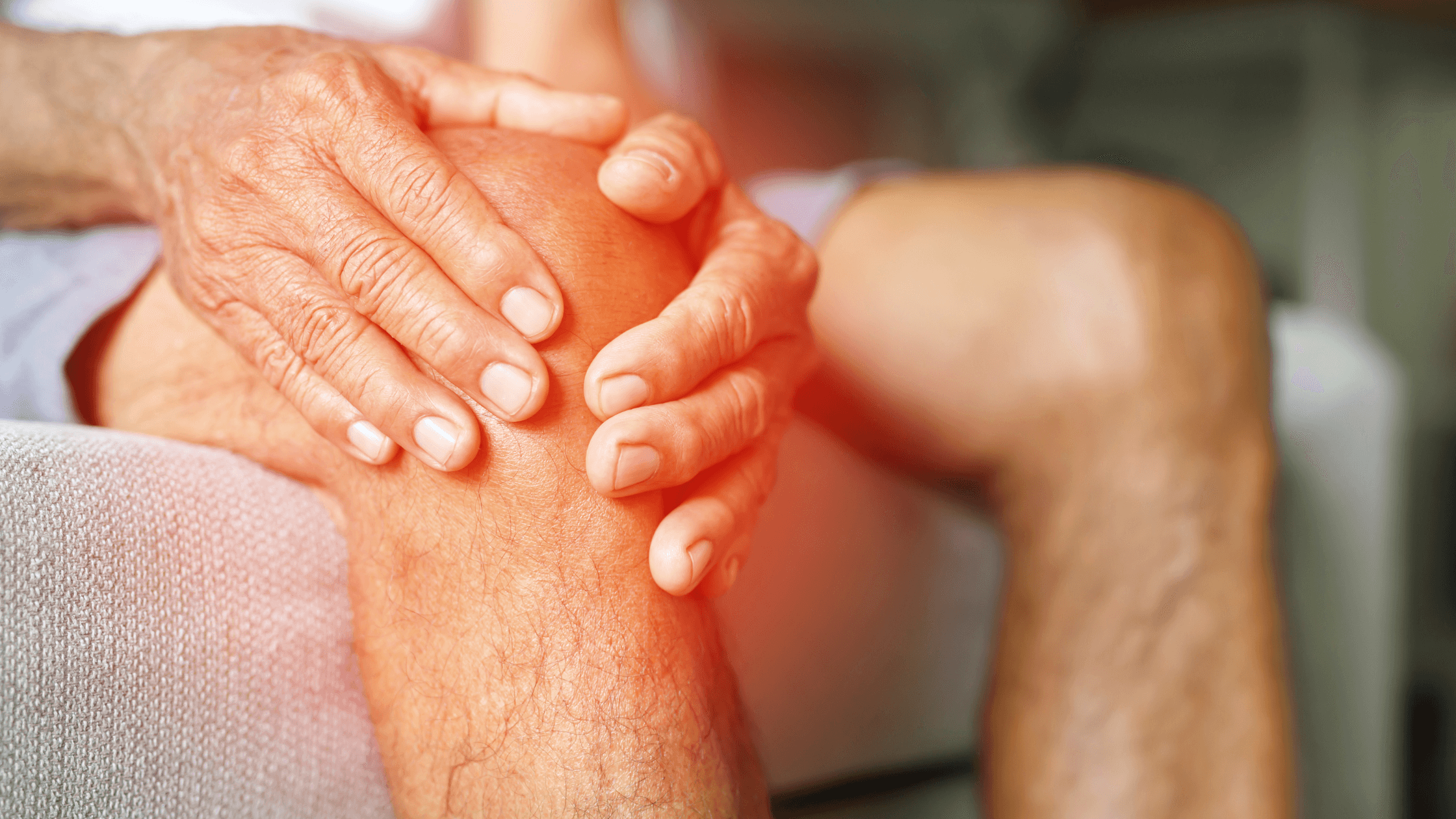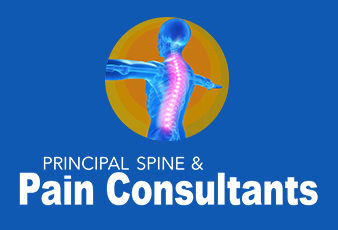
21 Jul How Regenerative Medicine Is Changing the Game for Knee and Hip Pain
Knee and hip pain can make simple things hard: walking the dog, climbing stairs, or getting out of the car. When pain gets in the way, it is time to look at options that help you heal, not just hide the symptoms. That is where regenerative medicine can help.
What is regenerative medicine?
Regenerative medicine uses parts of your own body to support healing. The goal is to repair or calm irritated tissues so you can move with less pain. The most common option is platelet-rich plasma, also called PRP. Some patients may also be candidates for other treatments that use your own minimally manipulated tissue. Your doctor will guide you to the safest choice for your situation.
How PRP works
Your blood contains platelets. Platelets carry growth factors, which are signals that tell your body to repair tissue. In PRP treatment, a small amount of your blood is drawn and spun in a machine to concentrate the platelets. The PRP is then injected into the painful area in your knee or hip.
- For knee pain: PRP may help with osteoarthritis, patellar tendinitis, or meniscus-related soreness by reducing inflammation and supporting tissue repair.
- For hip pain: PRP may help with early arthritis, trochanteric bursitis, and some tendon problems around the hip.
Patients often notice gradual improvement over several weeks as the body responds to the growth factors.
Why do many people consider regenerative medicine
- Targets the source: Injections go to the exact area that needs help.
- Uses your own biology: This lowers the chance of a reaction.
- Fits active lives: Most people return to light activity quickly.
- Works with your plan: PRP can be combined with physical therapy, home exercises, bracing, or weight management for better results.
What to expect at a visit
- Evaluation: We review your history, examine your knee or hip, and may use X-rays or an MRI if needed.
- Treatment choice: We discuss options, expected timelines, and costs.
- The procedure: If PRP is right for you, a small blood draw is done in the clinic. After processing, a doctor injects the PRP using careful technique and, when appropriate, imaging guidance.
- Recovery: Most people notice mild soreness for a day or two. Gentle motion is encouraged. Your plan may include simple exercises and a brief break from high-impact sports.
Who is a good candidate
You may benefit if you have:
- Knee or hip pain that lasts more than a few weeks
- Early to moderate osteoarthritis
- Tendon or bursa irritation that has not improved with basic care
- A goal to stay active and avoid or delay surgery when possible
Regenerative treatments are not right for everyone. People with advanced arthritis, active infections, or certain medical conditions may need a different approach. A specialist can help you decide.
Regenerative medicine is promising, but no treatment works 100 percent of the time. Many patients report less pain and better function over time. Some need a series of injections. Your results depend on your diagnosis, overall health, and how closely you follow your recovery plan.
If knee or hip pain is slowing you down, you do not have to live with it. Our team creates plans that match your goals, from targeted injections like PRP to guided therapy and lifestyle support. Schedule a consultation today to find out if regenerative medicine is right for you. We are ready to help you move with confidence again.

